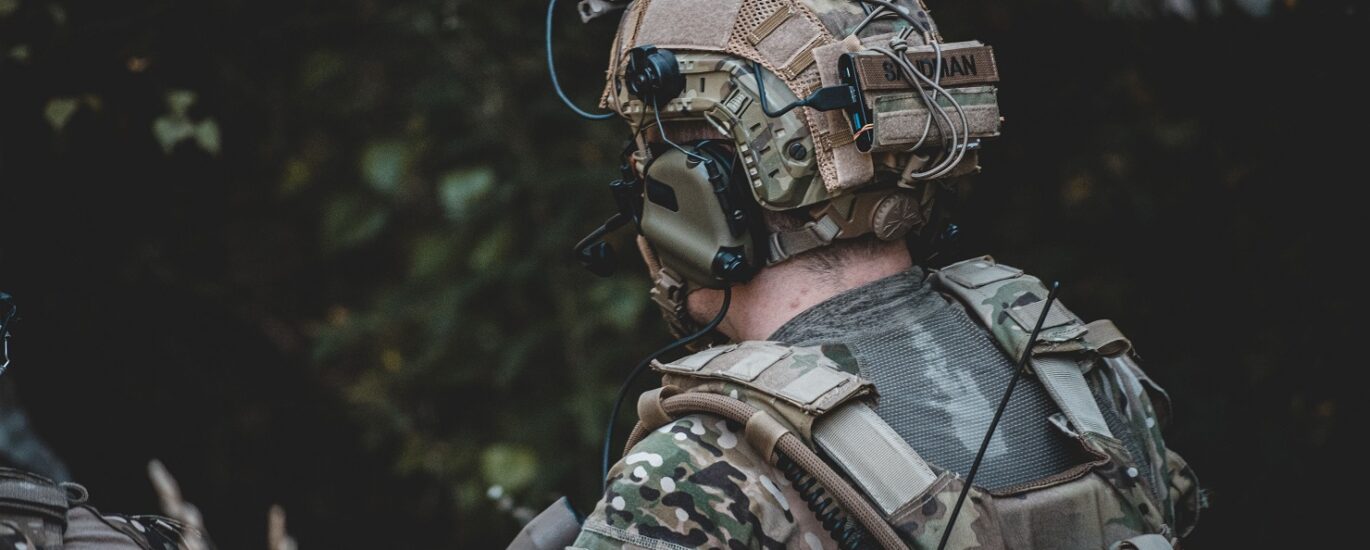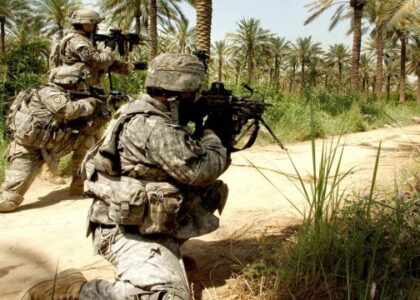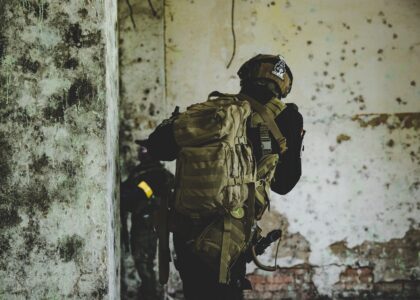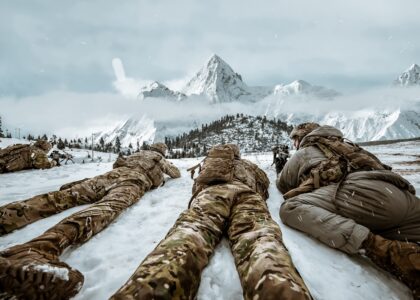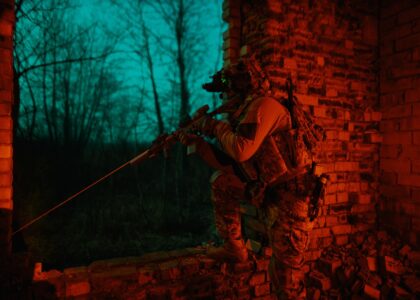Plate Carriers are essential for the safety of military, law enforcement, and security personnel. They protect against ballistic threats and are worn on the front and back of the body. Knowing the anatomy of plate carriers is important so you can understand how they work and what components make them effective. Let’s break down each part of a plate carrier.
Vest/Carrier – The vest or carrier is the outer shell of your plate carrier, which protects from bullets and other projectiles while also providing pockets, loops, and pouches to store equipment. It also includes padding to help disperse the weight of your plates evenly across your body. The vest or carrier is usually made from nylon or canvas material with adjustable straps for a secure fit that allows you to move freely during operations.
Plates – Plates are inserted into pockets inside the vest/carrier and provide ballistic protection against rounds fired from handguns and rifles up to 7.62mm NATO rounds at high velocity. Plates come in different sizes depending on the size of your body frame, but all plates must meet minimum requirements for weight, thickness, hardness, impact resistance, performance in extreme temperatures, buoyancy (if floating), etc., as specified by the National Institute of Justice (NIJ) standards.
Cummerbund – The cummerbund wraps around your torso and helps keep everything in place while also providing additional storage space for accessories like magazines or other items needed during an operation. Most cummerbunds have quick-release buckles so they can be easily removed in case you need to adjust quickly or if you need access to something stored within them without having to take off your entire plate carrier system.
Cumber Pads – Cummerbund pads provide extra comfort when wearing a plate carrier by cushioning pressure points that might otherwise become uncomfortable during extended use over long periods such as standing guard duty or patrolling an area on foot for hours at a time. These pads are usually made from foam material for maximum comfort but some manufacturers offer neoprene pads as well which provide better insulation if you find yourself in cold climates often but still need adequate protection from ballistic threats at all times.
Plate carriers are essential pieces of protective equipment used by military personnel, law enforcement officers, and security personnel alike. By understanding its anatomy—vest/carrier, plates, cummerbunds, and cumber pads—you can ensure that you have a plate carrier system that fits properly while also providing adequate protection against ballistic threats when out on patrol or mission-critical operations. Investing in quality gear will not only keep you safe but will give you peace of mind knowing that everything is securely held together without sacrificing any mobility when it matters most.
For more articles, please click here.

